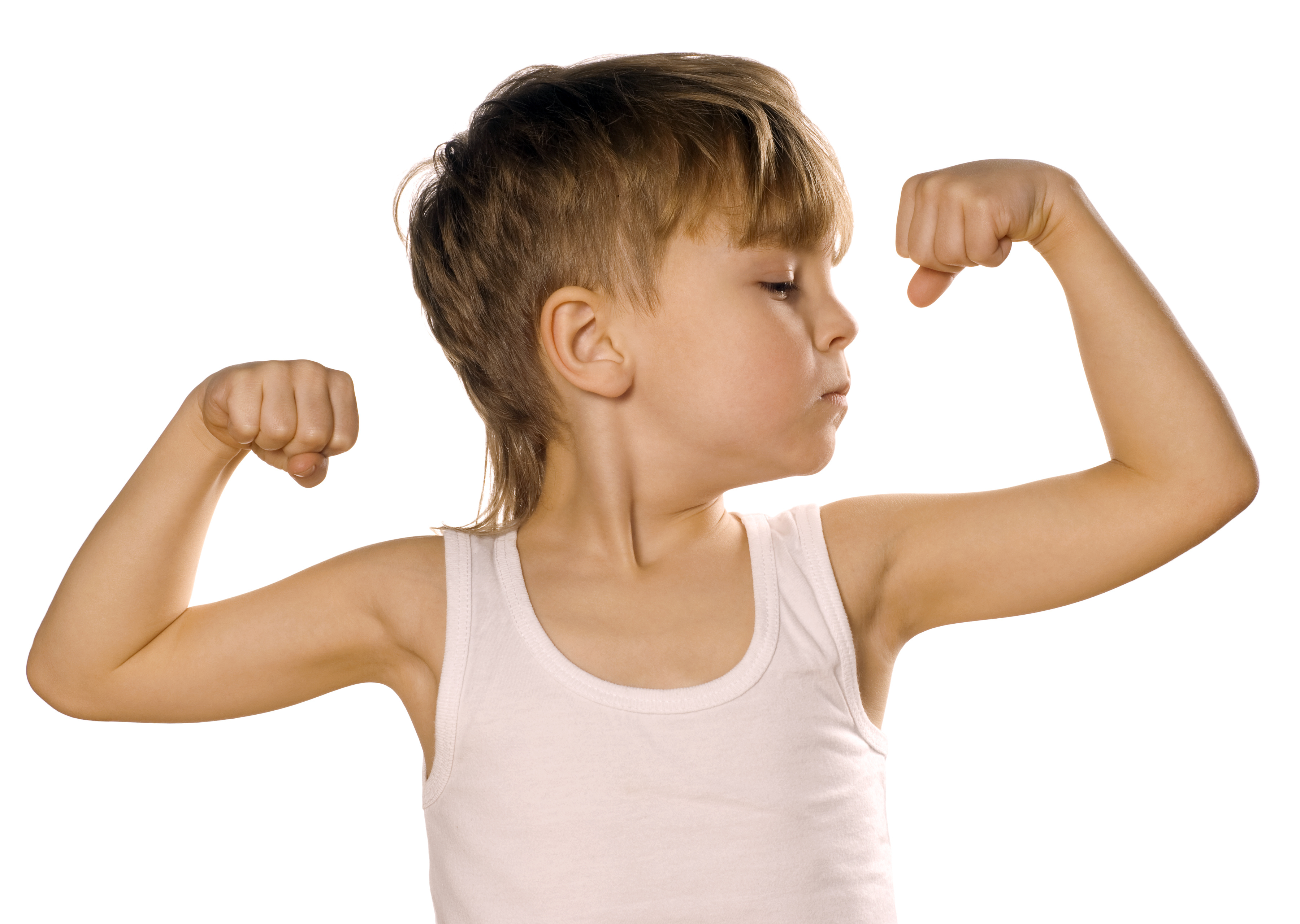
In a culture that links our value to what we look like and normalizes images that don’t represent most people (such as overly thin, young, Caucasian women), it’s not surprising that many adults express dissatisfaction with their bodies and that dieting is a major industry. Unfortunately, adult culture affects children, and children are also subject to constant evaluative commentary about their bodies and looks that would be considered rude if directed at adults, such as how "cute" they are or whether they are big or small for their age.
Research suggests that even preschoolers have increasingly negative body images. A 2016 study conducted by PACEY, the Professional Association for Childcare and Early Years in the UK, found that almost half of childcare professionals say they have witnessed body image anxiety in 6 to 10 year olds, and a quarter have observed body confidence issues in children aged 3-5 years old.
“By the age of three or four some children have already pretty much begun to make up their minds (and even hold strong views) about how bodies should look,” Dr. Jacqueline Harding, an advisor to the research group, told The Telegraph. While she advises that more study is warranted, the culprits are likely to be exactly what we think they are: “images on TV; images in story books and animations and the general chat by adults about their bodies, dieting and cosmetic surgery.” (Additional reporting in New York Magazine's The Cut by Laura June.)
Luckily, we as parents can have a major influence on our children’s development of a healthy body image, which includes a healthy body, a healthy emotional life, and a healthy attitude toward food and exercise, as well as a healthy body image.
1. Don't comment on anyone's body.
When adults speak judgmentally about other people’s bodies, children internalize those negative judgments. And it’s not just the negative comments that can be damaging over time. When adults make frequent remarks about body shape or weight — even if they’re complimentary in nature — it gives kids the message that their bodies will be evaluated by others and makes them overly concerned about their own appearance.
2. Model body positivity.
Your child watches everything you say, so when you talk about your own, speak lovingly about nurturing your health, strength, and well-being.
3. Confront cultural messages.
If your child says something negative about his or her body, ask them what made them think of this. (You may be surprised at what is influencing them.) Then tell them that in your home, we support our bodies with love and appreciation. Challenge them to play a game with you to find ten things you each love about your body.
4. Keep your family physically active.
Your child will come to accept your family habits as normal life, so get outside and move for fun and health, not to look thin. Instead of communicating that we exercise to tame body fat, explain that exercise keeps us healthier and happier in every way, by changing our body chemistry. Insist on family physical activity every weekend, and get moving with your child.
5. Nurture healthy eating habits.
Food choices become habits, so serve healthy snacks and meals from the time your child is young. Keep junk food for special occasions. Your child watches everything you do, so you'll need to clean up your own eating habits and learn to enjoy healthy choices. Experts suggest that parents avoid dieting, which doesn’t work anyway and it sets a terrible example.
6. Restrict Media Images.
Research shows that kids with more media exposure have more negative body images. You won’t be able to keep your child from all media, but be sure that you talk with them about what they’re seeing.
If your child uses Social Media, be aware that these platforms expose children to filtered and edited images that create unrealistic beauty standards, while algorithms specifically serve increasingly extreme content about dieting, body modification, and appearance-focused messaging. The constant stream of "perfect" bodies combined with algorithmic amplification of destructive content negatively impacts body image, and can push children toward unhealthy behaviors as they try to match impossible ideals.
Related Articles
- In the US, research shows that as many as 12.5% of girls and 6% of boys develop eating disorders. See: 15 Ways to Keep Your Child from Developing an Eating Disorder.
- Ask your child questions to start conversations about body image and gender roles. See 250 Conversation Starters for Family Discussions.
- Support your child to develop a healthy racial identity. A healthy body image includes a healthy racial identity, so give some thought to how you’re talking with your child about race. See: Talking to kids about race.
- Support your child to develop a healthy sexual identity. Most parents don’t want to consider the word “sexuality” in relation to their child, but a healthy body image includes a healthy sexual and gender identity. See: Talking with Kids about Sex.





